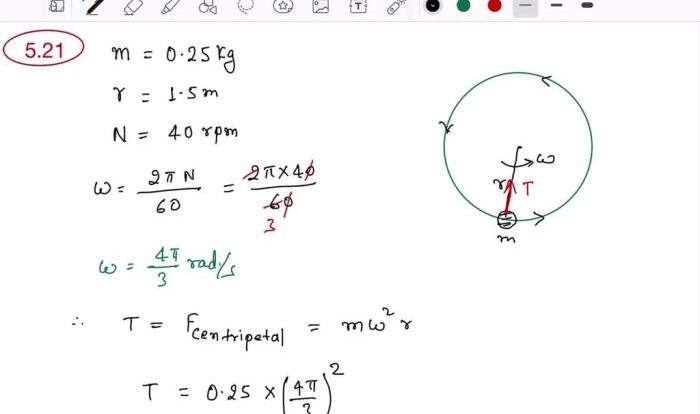A crate of mass m 100 kg is pushed, embarking on a journey that delves into the fundamental principles of physics and their practical implications in everyday life. This exploration unravels the intricacies of force, motion, and the challenges encountered in moving objects, providing a comprehensive understanding of the mechanics behind crate handling.
Comprehending the concept of mass and its influence on motion is paramount. A crate, characterized by its rigid structure and varying contents, serves as a tangible example of mass in action. By examining different types of crates utilized in various industries, we gain insights into the diverse applications of this concept.
1. Definitions and Concepts
Mass is a fundamental property of matter that measures its resistance to acceleration. It is a scalar quantity, meaning it has only magnitude and no direction. The SI unit of mass is the kilogram (kg).
A crate is a container, typically made of wood or metal, used for transporting goods. Crates come in various sizes and shapes, depending on their intended use.
Examples of crates include:
- Wooden crates used for shipping fruit and vegetables
- Metal crates used for storing and transporting tools
- Plastic crates used for storing and transporting small items
2. Force and Motion

Force is a vector quantity that describes an interaction that can change the motion of an object. It has both magnitude and direction. The SI unit of force is the newton (N).
Pushing an object involves applying a force to it in a direction that opposes its motion. The force required to push an object depends on its mass and the coefficient of friction between the object and the surface it is moving on.
Friction is a force that opposes the motion of an object. It is caused by the interaction between the surfaces of two objects in contact. The coefficient of friction is a measure of the amount of friction between two surfaces.
3. Calculations and Analysis: A Crate Of Mass M 100 Kg Is Pushed

The force required to push a crate can be calculated using the following formula:
F = m – g – μ
where:
- F is the force required to push the crate (N)
- m is the mass of the crate (kg)
- g is the acceleration due to gravity (9.8 m/s^2)
- μ is the coefficient of friction
The following table summarizes the variables involved in the calculations:
| Variable | Description | Unit |
|---|---|---|
| F | Force required to push the crate | N |
| m | Mass of the crate | kg |
| g | Acceleration due to gravity | m/s^2 |
| μ | Coefficient of friction | – |
The force required to move a crate is influenced by several factors, including the mass of the crate, the coefficient of friction, and the angle of the slope.
4. Real-World Applications
Crates are used in a variety of everyday life and industrial settings. Some examples include:
- Shipping and transportation of goods
- Storage of tools and materials
- Packaging of food and beverages
Moving crates safely and efficiently requires careful planning and consideration of the following factors:
- The weight and size of the crate
- The distance and terrain to be covered
- The availability of equipment and manpower
Proper handling techniques are essential to prevent injuries. These techniques include:
- Lifting with your legs, not your back
- Using proper lifting equipment, such as forklifts
- Avoiding twisting or jerking motions
5. Advanced Concepts
Momentum is a vector quantity that describes the motion of an object. It is defined as the product of the mass of the object and its velocity.
Potential energy is the energy stored in an object due to its position or condition. When a crate is lifted, its potential energy increases. When the crate is released, its potential energy is converted to kinetic energy.
Technology, such as forklifts, can be used to assist in crate handling. Forklifts are powered vehicles that are used to lift and move heavy objects. They can significantly reduce the risk of injury and improve efficiency.
Questions and Answers
What is the significance of mass in physics?
Mass is a fundamental property of matter that quantifies its resistance to acceleration. It plays a crucial role in determining the force required to move an object and its response to external forces.
How does friction affect the movement of a crate?
Friction is a force that opposes the relative motion between two surfaces in contact. In the case of a crate, friction acts against the movement of the crate, reducing its acceleration and ultimately limiting its velocity.
What factors influence the force needed to move a crate?
The force required to move a crate is influenced by several factors, including the mass of the crate, the coefficient of friction between the crate and the surface, and the angle of the incline (if present).


